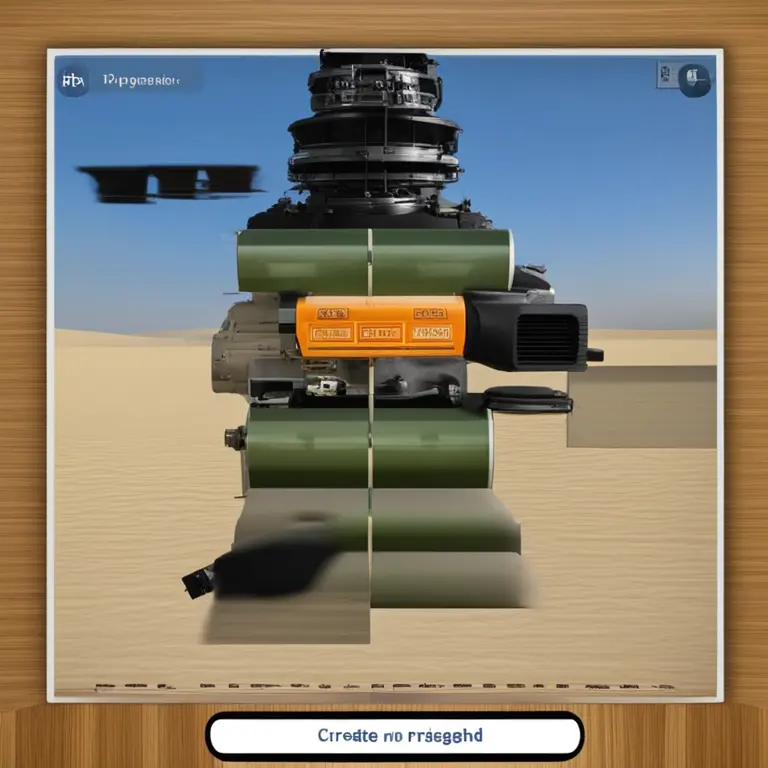
Melodic Serenity: The Harmony of Meditation with Music
Explore how the symphony of melodies can deepen your meditation experience, blending the soul-soothing power of music with mindfulness practices.
article by Hina Kurosawa
The Symbiosis of Sound and Silence
In an era that venerates the art of mindfulness, the integration of music into meditation practices has become increasingly prevalent. Our innate connection to music taps into the deeper realms of consciousness, where the cacophony of daily life fades into harmonious stillness. With a foundation built upon the latest research in music therapy and cognitive psychology, the contemporary approach to meditation with music is revolutionizing traditional practices. This synthesis not only enhances the meditative experience but also aids in stress reduction, emotional release, and personal growth.

The Science and Art of Meditative Music
The art of meditation with music resides not just in the choice of melodies but also in the frequency and rhythm that resonate with the meditator's current state of being. Sound frequencies such as the Solfeggio tones are believed to have healing properties, interacting with our energies and potential. Music in the range of 432 Hz is said to align closely with nature and the universe, promoting a sense of peace and grounding. Entering 2024, we acknowledge the importance of incorporating scientifically attuned music to cater to a variety of meditative experiences.

Personalizing Your Musical Meditation Journey
In personalizing one's meditation practice with music, choices become profoundly individual. From Tibetan singing bowls to binaural beats, and from the ambient sounds of nature to classical compositions, the spectrum is limitless. It is essential to experiment with different types of music to discover what uniquely aligns with your meditation goals. Whether seeking to enhance concentration, foster tranquility, or nurture a deeper spiritual connection, there is a melody that can act as a key to unlock your desired state of mind.

Integrating Music Into Various Meditation Forms
Music's versatility allows it to blend with various forms of meditation, such as guided imagery, mindfulness, and movement-based practices like yoga or Qigong. Each tradition can be augmented by tailored soundscapes, elevating the practitioner's focus and embodiment of the meditative state. In this modern age, apps and streaming services provide curated playlists designed to accompany and deepen meditation sessions, showcasing how technology bridges ancient practice and contemporary lifestyle.

Meditation, Music, and the Modern World
The intersection of meditation, music, and the digital age is a testament to the evolution of wellness practices. The availability of global music at our fingertips introduces an element of cultural exploration and appreciation into meditation. This year, mindfulness practitioners have the opportunity to connect with diverse traditions through music, promoting not only inner peace but also a deeper understanding and connection with the wider world. As we continue to innovate, the transcendent power of music in meditation speaks to the universal human experience.
Setting the Stage for Sonic Bliss
To optimize the meditative experience with music, there are several considerations to bear in mind. The environment should be conducive to relaxation, with comfortable seating and minimal distractions. Volume levels should be moderate, allowing the music to gently envelop rather than overpower. It's important to allocate sufficient time, free from the rush of obligations, and to approach each session with an open, non-judgmental mindset. By doing so, you set the stage for true sonic bliss.
Published: 1/14/2024
Modified: 1/15/2024
More predictions
Come back here soon to learn more about yourself and your future


Healing Through Mindfulness: Meditation & Trauma Recovery
Mindfulness meditation offers a powerful tool for individuals seeking solace and healing from traumatic experiences. Discover how this practice can aid in the journey towards inner peace.


Easing Loneliness with Mindfulness Meditation
Explore how mindfulness meditation can provide solace and connection to alleviate the feelings of loneliness.


Mindfulness Meditation Basics for First Graders
Introducing foundational mindfulness meditation practices to instill calm and focus in first-grade students.